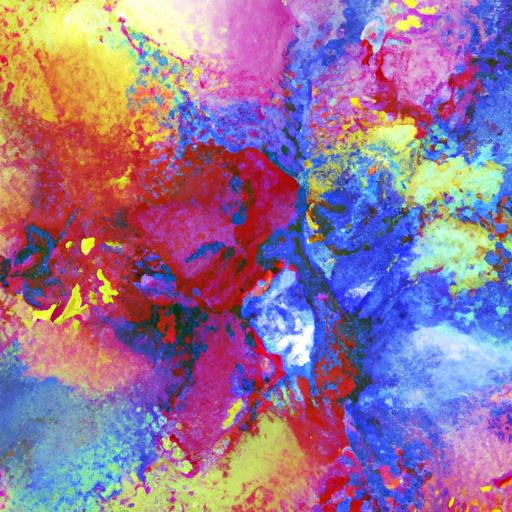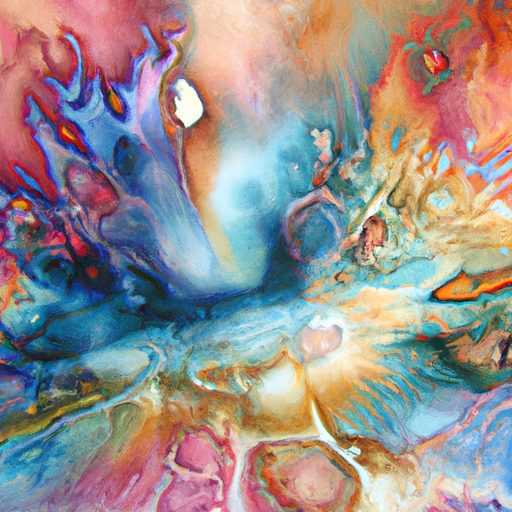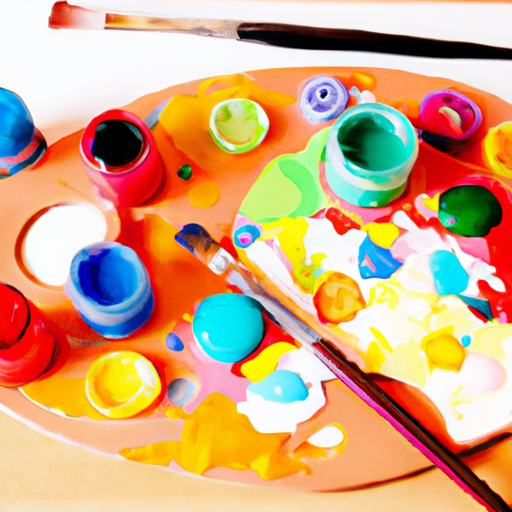So you’ve been experimenting with different art mediums and you’re wondering, can you mix alcohol ink with acrylic paint? Well, you’ve come to the right place! In this article, we’ll explore the compatibility of alcohol ink and acrylic paint, discussing the potential effects and techniques of combining these two vibrant mediums. Whether you’re a seasoned artist or just starting on your creative journey, keep reading to discover the possibilities of mixing alcohol ink with acrylic paint.
What is Alcohol Ink?
Definition
Alcohol ink is a colorful and vibrant medium used in various art forms. It is composed of dye-based pigments dissolved in alcohol, which gives it a highly concentrated and translucent appearance.
Characteristics
One of the distinctive characteristics of alcohol ink is its quick-drying nature. As the alcohol evaporates rapidly, it allows for smooth blending and layering of colors. Alcohol ink also has a wide range of vibrant hues, making it ideal for creating vivid and intense artwork. Additionally, it has a beautiful transparent quality, which allows light to pass through the layers, resulting in a stunning stained glass effect.
Uses
Alcohol ink can be used on a variety of surfaces, including Yupo paper, glass, metal, ceramic, and even synthetic materials like plastic. It is popularly used for creating abstract paintings, landscapes, floral art, and unique designs. The versatile nature of alcohol ink allows artists to experiment and explore different techniques to achieve desired effects.
What is Acrylic Paint?
Definition
Acrylic paint is a water-based medium made from an acrylic polymer emulsion. It consists of pigment particles suspended in a binder composed of acrylic polymer and other additives.
Characteristics
Acrylic paint can be characterized by its versatility and flexibility. It is available in various consistencies, ranging from fluid to heavy-body, allowing artists to create different textures and effects. Acrylic paint dries quickly and forms a waterproof and durable film when dry. It is known for its excellent color permanence, meaning that the colors remain vibrant and do not fade over time.
Uses
acrylic paint can be used on a wide range of surfaces, including canvas, wood, paper, fabric, and more. It is a popular choice for both beginners and professional artists due to its ease of use and wide range of available colors. Acrylic paint is used in a variety of art genres, such as abstract art, figurative painting, and mixed media works.
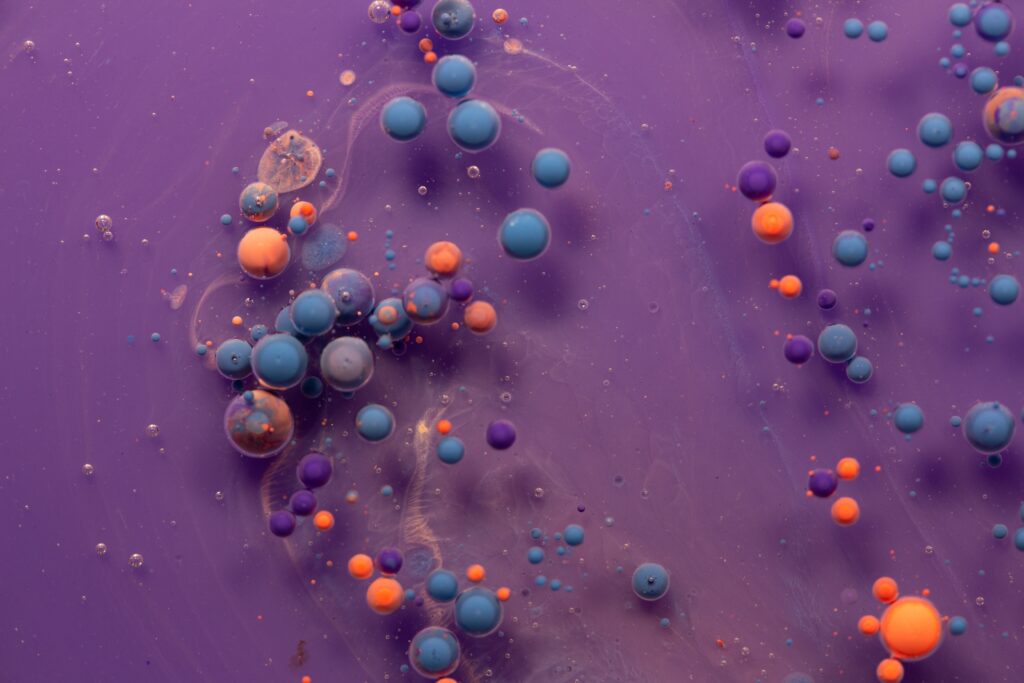
Can Alcohol Ink and Acrylic Paint be Mixed?
Compatibility
Alcohol ink and acrylic paint can be mixed together to create unique and beautiful effects in artwork. However, it is important to note that alcohol ink is not fully compatible with acrylic paint. The primary reason for this is the difference in their base solvents. Alcohol ink is alcohol-based, while acrylic paint is water-based.
Effects of Mixing
When alcohol ink and acrylic paint are mixed, the alcohol in the ink can react with the acrylic polymer in the paint, causing some unwanted effects. These effects can include the lifting or smearing of the acrylic paint, making it difficult to achieve defined lines or crisp details. Additionally, the alcohol in the ink can cause the acrylic paint to dry more quickly, potentially resulting in an uneven application.
Considerations
While mixing alcohol ink and acrylic paint can yield interesting results, there are a few considerations to keep in mind. It is crucial to carefully consider the compatibility of the colors being combined, as certain alcohol inks and acrylic paints may not mix well together and could produce undesired effects. It is advisable to conduct small-scale tests before applying the mixed media on a final artwork to ensure compatibility and desired outcomes.
Mixing Techniques
Direct Mixing
One way to mix alcohol ink and acrylic paint is through direct mixing. This technique involves applying drops of alcohol ink directly onto a wet or dry acrylic paint surface. The two mediums can then be blended together using a brush, palette knife, or other blending tools. This method allows for a controlled blending of colors and can create unique textures and effects.
Layering
Layering is another popular technique when working with alcohol ink and acrylic paint. It involves applying multiple layers of each medium, allowing them to dry between applications. The layering technique creates depth and dimension in artwork, as the translucent alcohol ink layers interact with the opaque acrylic paint layers. This technique is commonly used to create abstract backgrounds and landscapes.
Blending
Blending alcohol ink and acrylic paint can be achieved by using a blending solution or by applying the alcohol ink onto wet acrylic paint. The blending solution helps to soften the edges and create a smooth transition between colors. By using a brush or other blending tools, the artist can control how the colors mix and blend together, resulting in a harmonious and cohesive artwork.
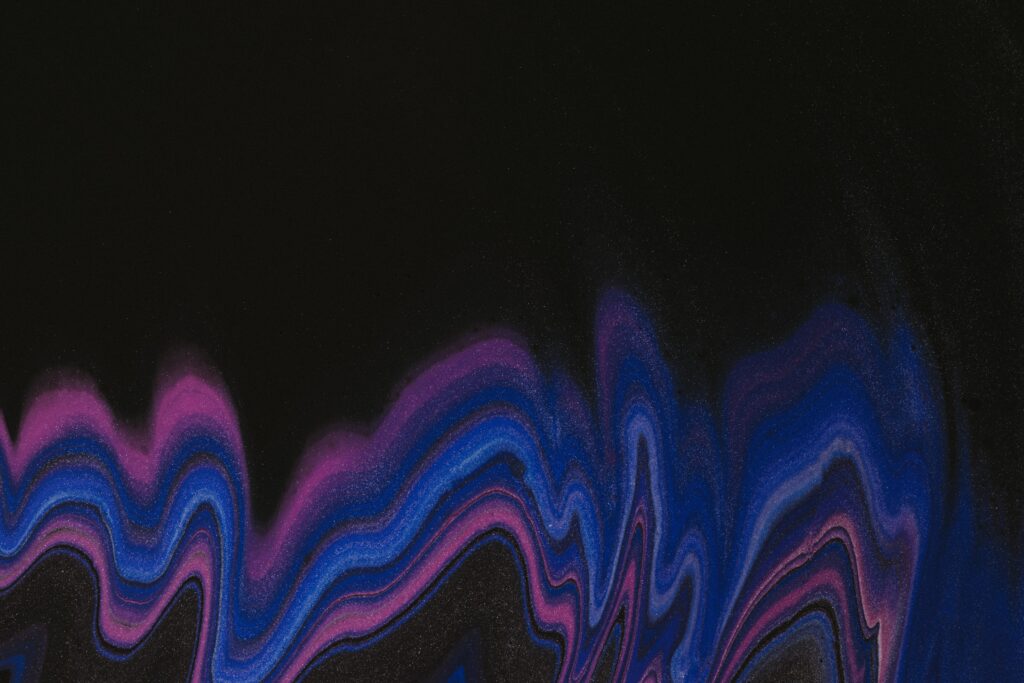
Tips for Mixing Alcohol Ink and Acrylic Paint
Preparing the Surface
Before mixing alcohol ink and acrylic paint, it is essential to prepare the surface properly. Ensure that the surface is clean, dry, and free from any dust or debris to allow the mediums to adhere properly. Consider priming the surface with a suitable primer if needed, depending on the specific surface and the desired effect.
Testing on Scrap Paper
To avoid any unexpected results or compatibility issues, it is advisable to conduct tests on scrap paper or a small area of the chosen surface. This allows the artist to see the outcome of the mixed media before applying it to the final artwork. Testing also provides an opportunity to experiment with different color combinations and mixing techniques.
Working in Layers
When combining alcohol ink and acrylic paint, working in layers is crucial. Applying thin and translucent layers allows for better control and reduces the risk of the mediums reacting unfavorably. By adding multiple layers, the artist can build up depth, create interesting textures, and achieve the desired color intensity.
Cleaning Tools and Brushes
To maintain the integrity of the individual mediums and prevent unwanted color mixing, it is essential to clean tools and brushes thoroughly between uses. Use separate brushes for alcohol ink and acrylic paint, and clean them with the appropriate cleaning solutions. This will help to ensure that the colors remain true and prevent contamination between the mediums.
Possible Effects and Results
Texture and Gloss
Mixing alcohol ink and acrylic paint can result in artworks with interesting textures and a range of gloss levels. The alcohol ink is known for its smooth and translucent appearance, while acrylic paint can provide varying degrees of texture and opacity. Experimenting with different techniques and layering can create artworks with a unique combination of textures and gloss.
Color Intensity
The color intensity of the mixed media artwork will depend on the opacity and vibrancy of the individual colors used. alcohol ink tends to have intense and vibrant hues, while acrylic paint can be more opaque. By layering the two mediums, the artist has the opportunity to create unique combinations of color intensity and transparency.
Drying Time
Mixing alcohol ink and acrylic paint can affect the drying time of the artwork. Alcohol ink evaporates quickly, while acrylic paint dries through a process of water evaporation. When mixed together, the alcohol in the ink can accelerate the drying time of the acrylic paint. Artists should consider this factor when working on a piece and plan accordingly to achieve the desired effects.
Staining
Alcohol ink has the potential to stain certain surfaces, especially porous ones like fabric or unsealed wood. When mixed with acrylic paint, these staining properties can transfer to the paint surface, resulting in unexpected color shifts. It is important to be mindful of this possibility and consider using a protective sealant or varnish to prevent any unwanted staining.
Surface Reactivity
The reaction between alcohol ink and acrylic paint can vary depending on the specific paints and inks used. Some alcohol inks may cause the acrylic paint to lift or become tacky, while others may blend harmoniously. It is vital to conduct tests and experiments to understand how the specific brands and colors interact before using them in a final artwork.

Safety Precautions
Ventilation
When working with alcohol ink and acrylic paint, it is crucial to work in a well-ventilated area. Both mediums release fumes that can be harmful if inhaled in large quantities. Open windows, use fans, or work in a dedicated space with proper ventilation to ensure a safe working environment.
Skin Protection
To protect your skin from potential contact with harmful substances, it is advisable to wear gloves when handling alcohol ink and acrylic paint. This helps to prevent skin irritations and keeps the skin barrier intact. Additionally, wearing a smock or old clothing can protect your clothes from accidental spills or splatters.
Fire Safety
Alcohol ink is highly flammable due to its alcohol content. to prevent fire hazards, avoid working near open flames or heat sources. Ensure that all containers are tightly closed when not in use, and keep them away from any potential sources of ignition.
Proper Disposal
When disposing of alcohol ink and acrylic paint, it is important to follow proper disposal guidelines. Check with your local waste management authorities for specific instructions on how to dispose of these materials safely. Avoid pouring them down drains or throwing them in regular trash bins, as these substances can be harmful to the environment.
Examples of Alcohol Ink and Acrylic Paint Mixtures
Marbling Effect
By combining alcohol ink and acrylic paint, artists can create stunning marbling effects. This technique involves dropping alcohol ink onto a wet base layer of acrylic paint and using tools to swirl and manipulate the colors. The result is a mesmerizing and intricate pattern reminiscent of marbled paper or stone.
Abstract Backgrounds
Alcohol ink and acrylic paint mixtures are widely utilized in abstract art to create vibrant and dynamic backgrounds. The translucent quality of alcohol ink allows the underlying layers of acrylic paint to shine through, adding depth and interest to the artwork. Artists can experiment with different blending techniques, layering, and color combinations to achieve unique abstract backgrounds.
Floral and Landscape Art
The combination of alcohol ink and acrylic paint lends itself well to creating floral and landscape art. By blending and layering the two mediums, artists can achieve a delicate and ethereal effect in floral paintings. Landscape art can benefit from the versatile nature of alcohol ink and the textured properties of acrylic paint, allowing for the creation of intricate details and realistic textures.
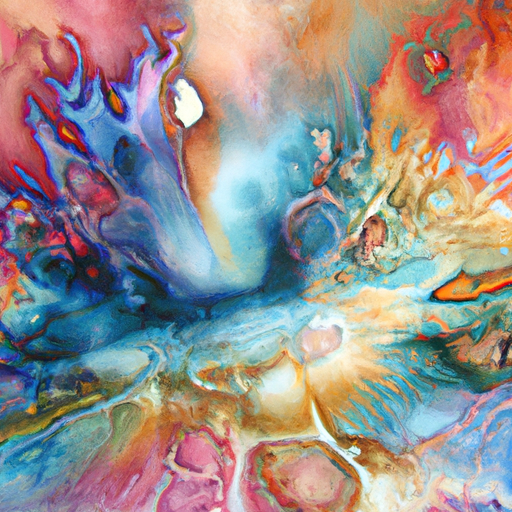
Frequently Asked Questions
Can alcohol ink and acrylic paint mix in water-based mediums?
No, alcohol ink and acrylic paint do not mix well in water-based mediums. Alcohol and water do not mix easily, and combining them can cause separation and inconsistent results.
Can alcohol ink be used in place of acrylic paint?
While alcohol ink can create beautiful effects, it cannot fully replace acrylic paint. Alcohol ink is translucent and lacks the opacity and coverage provided by acrylic paint. When used alone, alcohol ink may not provide the desired results in terms of color intensity and overall appearance.
Can alcohol ink and acrylic paint be mixed with other art mediums?
Alcohol ink and acrylic paint can be mixed with other compatible art mediums, such as gel mediums, texture pastes, or specialty glazes. These mixtures can add further depth, texture, or gloss to the artwork, expanding the possibilities for creative expression.
Conclusion
Mixing alcohol ink and acrylic paint can result in unique and captivating artwork, offering a wide range of textures, colors, and effects. While some caution is advised due to the potential incompatibility and unexpected reactions, the combination of these two mediums allows artists to explore new techniques and push the boundaries of their creativity. By following the provided tips and safety precautions, artists can experiment with confidence and enjoy the exciting possibilities that arise from mixing alcohol ink and acrylic paint.
